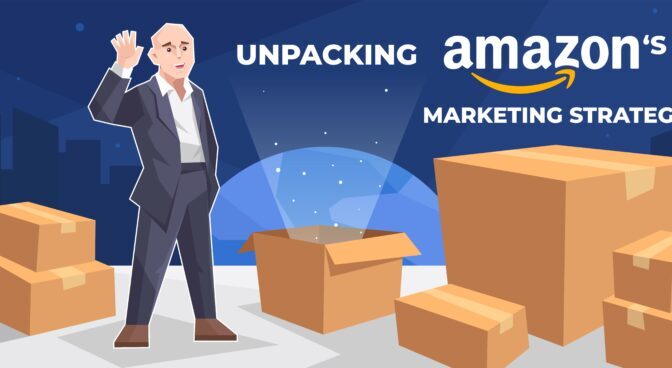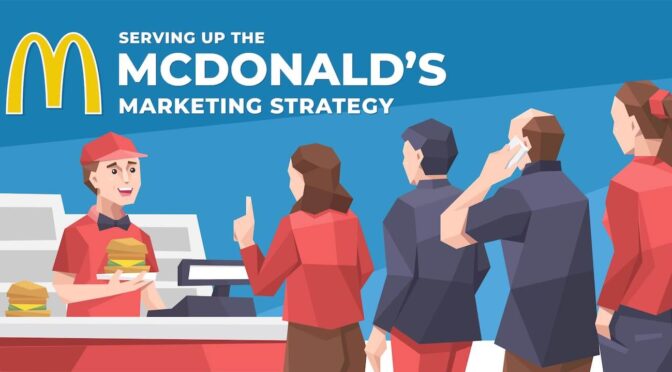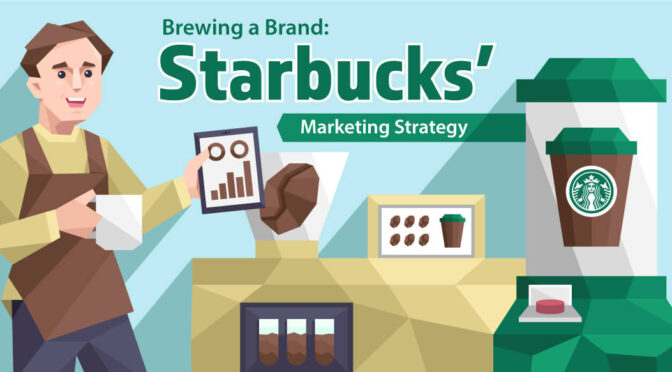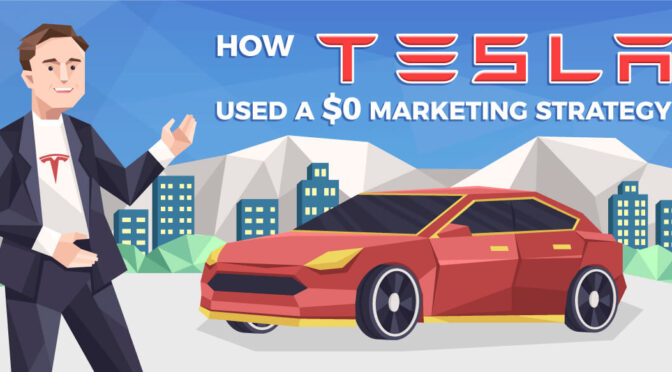The marketing strategies that startups should use are very different than those that big companies use. Startups often get in hot water by imitating big brands.
When startups see brands like Dove, Toyota, and American Express spending big bucks on fancy commercials, they often think that’s what they should do as well.
More specifically, even without copying the marketing budget, they try to copy the mindset. The underlying assumption is this: “I should spend money to get my brand out there, and to build ‘good feelings’ about my brand name.”
So they embark on a pared-down version of brand building. Instead of spending millions on TV ads, they hire a PR firm, build up their Instagram channel, and buy banner ads. A year later, they find that their marketing has resulted in few sales and many thousands of dollars in wasted cash.
Why do these strategies work for larger brands, but not for startups? The difference comes down to …
Mindshare vs. Marketshare
Most large brands invest in buying “mind share.” In other words, they’re buying brand awareness and brand affinity. When you think of a particular product category – tooth paste for example – Colgate is buying a small segment of your mind. When you think of tooth paste, you think Colgate.
But for this approach to be successful, there has to be a pre-existing method for you to turn “mindshare” into sales. Mindshare has to be turned into marketshare at some point in time.
For Colgate, that happens in supermarkets, when you’re standing in the toothpaste row considering which one to buy. The millions of dollars they invested in building that “mildly warm and trustworthy” feeling translates into someone picking up that toothpaste and making a purchase.
In other words, branding works best when there’s an existing point of purchase. Consumers are choosing which option to select. Investing in mindshare helps win that battle to be the option consumers choose.
Unfortunately, in the beginning, most startups don’t have any distribution channels. Which means that, as good as it would feel to have a stronger brand, a stronger brand won’t necessarily result in stronger sales. Startups can’t really afford to spend money on marketing that doesn’t boost sales.
Does that mean startups shouldn’t invest in branding at all? There is a certain kind of branding startups should invest in. To explain …
Let’s Deconstruct Branding into Two Parts: Identity and Media
People often mean very different things when they say the word “branding.” It can often be broken into two separate parts: brand identity and media spend.
Brand identity are things like:
- Clarifying your core message, beliefs, and customer base.
- Getting clear about the brand voice and style.
- Coming up with the right name.
- Getting the right domain name.
- Having a stellar design, including logo and user experience.
- Having a great website.
- Figuring out your brand color and fonts.
- Writing copy that makes people smile.
Brand identity is a foundational piece of a startup’s marketing. If a company doesn’t have a clear identity, it won’t “feel” consistent to customers. The message will be convoluted, and difficult to spread.
Startups should, absolutely, invest in brand identity.
Media spend, on the other hand, is what people often refer to when they think of brand. Media spend is when you’re actively pushing your brand out into the world. These include things like:
- TV, radio, or billboard advertising
- Developing a social media following,
- Paying influencers to post on social media,
- Sponsoring conferences or athletes,
- Investing in SEO
- Hiring a PR firm
These strategies work great for building mindshare. Unfortunately, it’s entirely possible to build mindshare and not have it result in market share. Pets.com spent millions on a SuperBowl ad, and promptly went out of business a few months later.
A Startup’s #1 Marketing Goal
A new business’s first marketing goal should to find its first scalable, repeatable customer acquisition engine.
The engine might be something simple, such as a Facebook Ads to product page funnel:

Or, it could be something much more complex. For example, you might use paid spend to generate a lead, nurture the lead, then do a sales call.

You’ll often need a lot of testing before finding a funnel that works. You’ll know you’ve succeeded when you can predictably get a customer using a specific series of steps.
Those series of steps usually start off with a scalable traffic source at the top. That can be AdWords, Facebook Ads, cold email, or any number of other traffic sources. The key is that it’s predictable.
Once you have a predictable traffic source, the next challenge becomes to scale up. But getting that first one is the most challenging.
Bottom Line: New Companies Should Focus on Sales, Until …
New companies should focus on sales, and let branding be a byproduct. Remember that even as you’re generating sales, thousands of people are being exposed to your brand and product. If you’re running ads, thousands of people are already seeing your brand. Generating revenue is what will allow you to purchase more ads and drive more sales – as well as branding.
In the beginning, put most of your energy into marketing spend that generates sales. Eventually, you’ll want to invest in brand building media spend – just not in the beginning.
Focus on building a predictable and repeatable engines for generating sales. Once you have extra cashflow being generated from the business, then set aside a portion of it for brand building.
Ian Luck
Founder, MarketingStrategy.com



















Branding is not about money. Sure you can spend lots of your hard earned dollars on a new logo or new fonts or new graphics but that is not what your brand is about. Your brand is about making sure that you have values and that your customers know what they are and trust that they will not change. You need to decide what those values are and you need to articulate them in every part of your business.
Proper explanation on branding and how to allocate budget for this.
Title
DirectorSpecialties
I think it depends on the stage. If you’re going against a few better-funded competitors and you’re trying to attract enterprise clients, brand is very important. So I think imo, it depends.
There is nothing that is more important to a startup than gaining visibility; it is visibility that brings in the opportunities. This fact well emphasizes the importance of branding for startups. Branding brings you into light and helps people recognize your existence.
I would recommend setting aside at least 10% of your overall yearly turnover to invest in marketing your business. Therefore, for a small business who makes £60,000 a year, that’s £6K a year to spend on marketing and branding falls under the category of marketing. The likelihood here is that you are unlikely to rebrand each year so when you spread that cost out over three years, a business who is making £60,000 a year and spends £2,500 on branding once every three years, is investing 1.4% on branding their business. A pretty small amount when you look at it like this and most definitely one that is affordable.
Robert,
Technical SEO Consultant